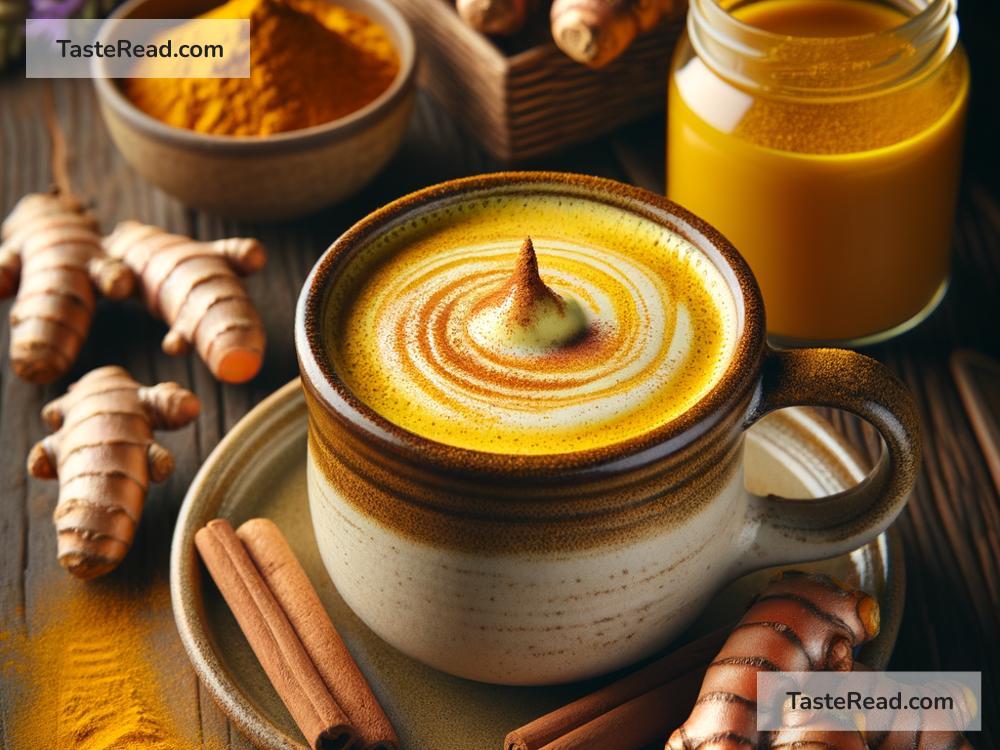The Curious Rise of Turmeric in Wellness Culture
Turmeric, the bright yellow spice often found in curries, has taken the wellness world by storm. What was once just a staple in traditional Indian cooking is now seen as a superfood with remarkable health benefits. From teas and lattes to skincare products and supplements, turmeric seems to be everywhere. So, why has turmeric become so popular in wellness culture?
What Is Turmeric?
Turmeric is a spice made from the root of the Curcuma longa plant, which grows mainly in South Asia. Its vibrant yellow color comes from curcumin, the compound that gives turmeric its unique properties. Turmeric has a long history, especially in Indian culture, where it’s used in cooking, Ayurvedic medicine, and religious rituals. For centuries, people have believed it has healing powers.
In Ayurveda, turmeric is considered a powerful ingredient for balancing the body’s energies, boosting immunity, and treating inflammation. Now, modern science is starting to catch up, and studies show that turmeric may really have benefits for health and wellness.
The Health Hype: What Makes Turmeric Special?
The main reason turmeric has gained so much attention is because of curcumin, which is believed to have anti-inflammatory and antioxidant effects. Inflammation is linked to many illnesses, including heart disease, arthritis, and even mental health problems like depression. Antioxidants help protect the body from damage caused by harmful molecules called free radicals.
Curcumin has been studied for its potential to promote better health and reduce the risk of chronic diseases. While research is still being done, there is evidence that turmeric may help with:
- Reducing inflammation: Chronic inflammation can harm the body and lead to serious health issues. Turmeric is thought to help reduce inflammation and ease symptoms of conditions like arthritis.
- Improving brain health: Some studies show that curcumin may boost brain function and help prevent conditions like Alzheimer’s disease.
- Supporting digestion: Turmeric has been traditionally used to improve digestion and soothe stomach problems.
- Boosting immunity: Its antioxidant properties may help strengthen the immune system.
- Skin health: Turmeric is thought to reduce acne, brighten skin, and fight signs of aging.
Turmeric Outside the Kitchen
If you think turmeric is only used in cooking—think again! It’s now popping up in all kinds of wellness products. Here are some popular forms of turmeric you’ve likely seen:
- Golden milk lattes: Turmeric is added to milk or plant-based milk along with cinnamon, ginger, and a touch of sweetener. This comforting drink has become a staple in many health-conscious cafés.
- Turmeric teas: Many tea blends now include turmeric for its soothing and energizing qualities.
- Supplements: For people who want concentrated doses of curcumin, turmeric supplements are available in capsule form.
- Skincare products: Turmeric has entered the beauty world, with face masks and creams claiming to reduce acne, brighten skin, and fight redness.
- Smoothies and snacks: Turmeric powder is being sprinkled into smoothie bowls, energy bars, and even popcorn.
The Social Media Boost
A big part of turmeric’s rise can be credited to social media. Wellness influencers, food bloggers, and health-conscious celebrities have played a key role in popularizing the spice. Pictures of vibrant turmeric lattes and recipes for turmeric-based dishes often show up on Instagram, creating curiosity among followers. Many people trust influencers for health tips, so when these trendsetters praise turmeric, the demand goes up.
This popularity has also led brands to use turmeric in creative ways to reach a wider audience. From turmeric-infused chocolate to pre-packaged golden milk mixes, it’s clear that turmeric fits right into the wellness market.
What’s the Catch?
Despite all the hype, it’s important to approach turmeric with realistic expectations. While studies show that turmeric and curcumin have potential health benefits, they are not cures for diseases. Also, curcumin is not easily absorbed by the body on its own, which means you might not be getting much of its benefits unless combined with black pepper or fat to improve absorption.
Additionally, the rise of turmeric has led to its commercialization, and not all products are created equal. Some packaged turmeric items might contain low-quality ingredients, too much added sugar, or artificial additives. As always, it’s a good idea to read labels carefully and choose products from trusted brands.
The Bigger Picture
Turmeric’s popularity reflects a growing interest in natural remedies and traditional wellness practices. Many people are looking for alternatives to pharmaceutical medicines and ways to improve their health through nutrition and lifestyle changes. Turmeric fits perfectly into this trend because it’s natural, versatile, and tied to ancient traditions.
But it’s also a reminder that no single food or spice can magically make us healthy. True wellness comes from a balanced lifestyle, including a varied diet, exercise, plenty of sleep, and managing stress. Turmeric can certainly be a helpful addition, but it’s not the whole solution.
Final Thoughts
The rise of turmeric in wellness culture is fascinating. From ancient Ayurvedic practices to modern Instagram trends, the spice has traveled a long way to become the symbol of health and vitality it is today. Its benefits are promising, its vibrant color is eye-catching, and it’s easy to incorporate into daily life—whether in food, drinks, or beauty products.
As turmeric continues to gain fame, it’s worth remembering the importance of balance and informed choices when it comes to health trends. So, the next time you sip a golden milk latte or try a turmeric face mask, think about how this humble root has inspired the world to explore wellness, one bright yellow scoop at a time.


